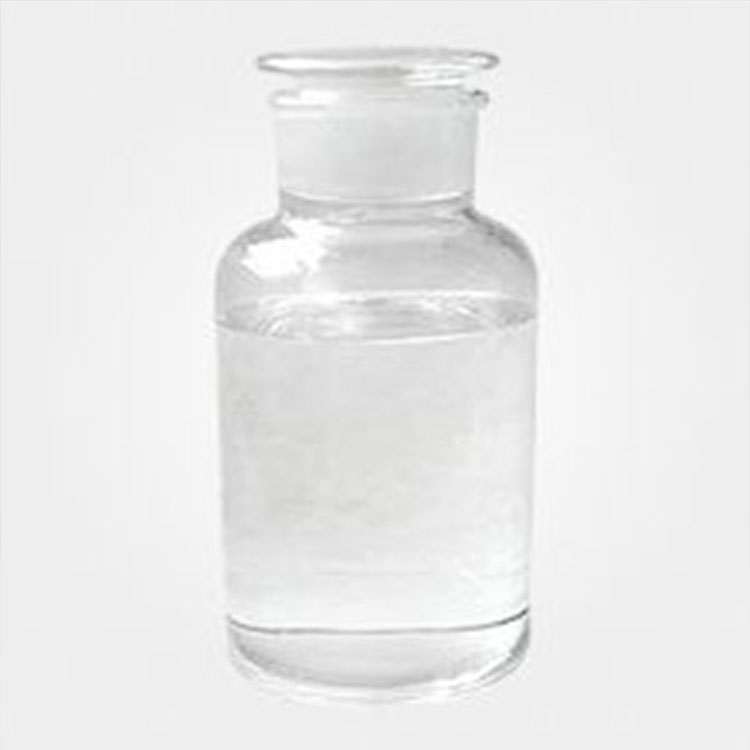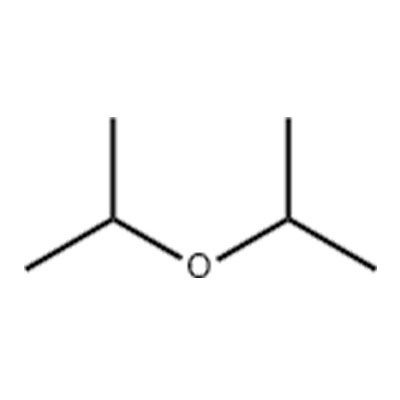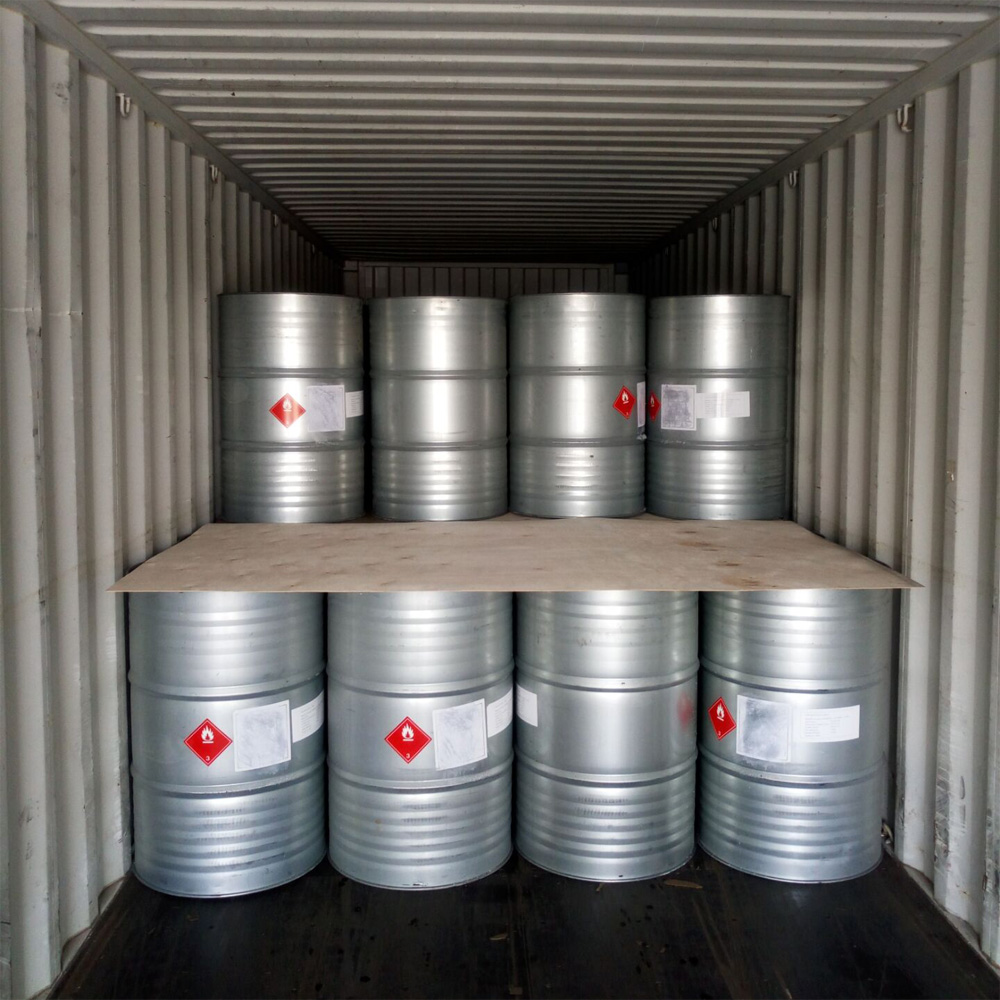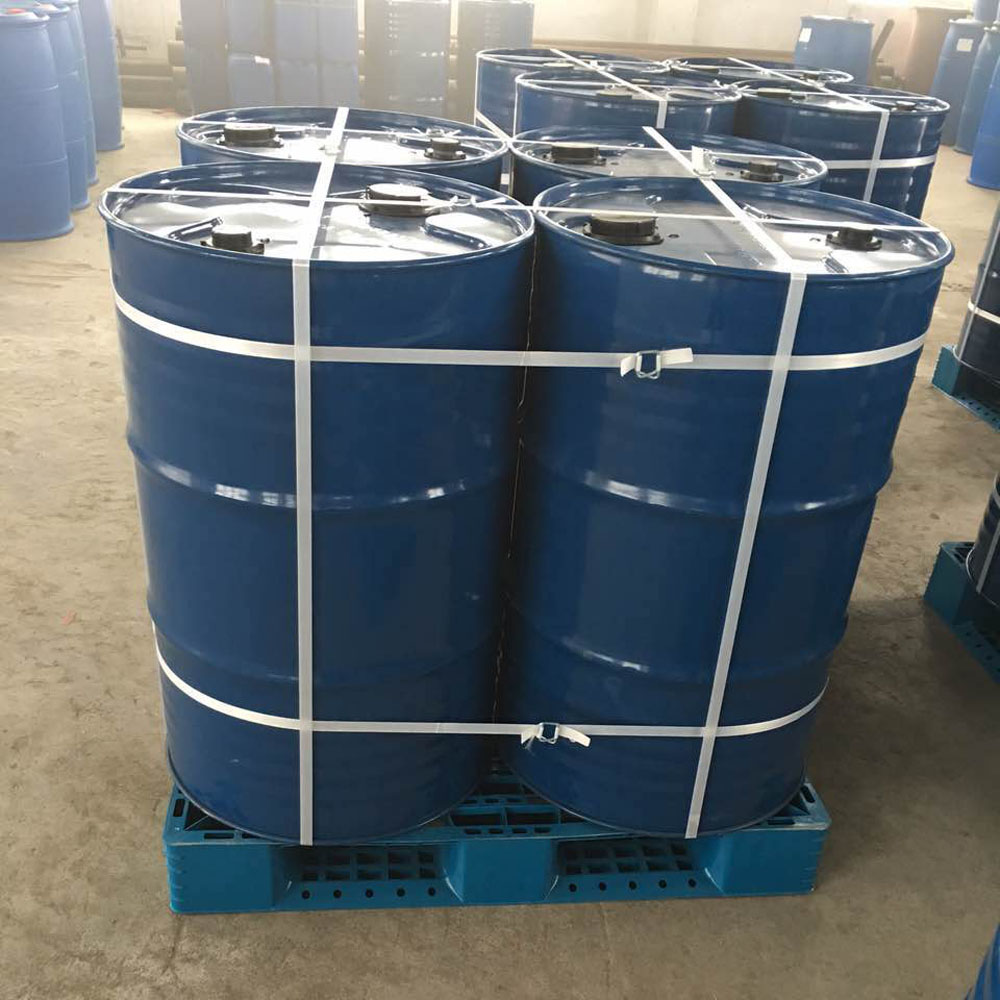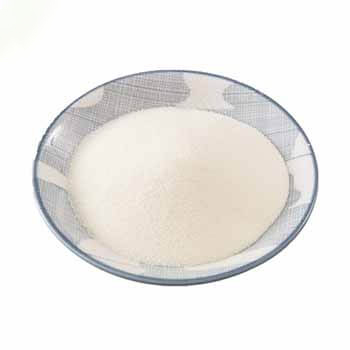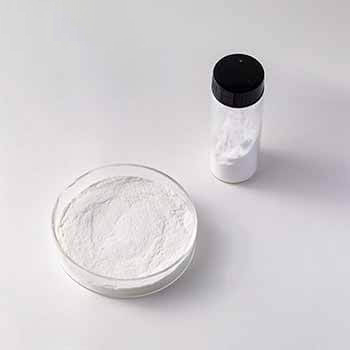Diisopropyl Ether (99%min) CAS#108-20-3
Diisopropyl Ether (99%min) CAS#108-20-3 Promotion Season Now in Store and Free Sample for Testing with Factory Price
Chemical Name:Diisopropyl Ether (99%min)
CAS No.:108-20-3
Molecular Formula:C6H14O
Molecular weight:102.17
Sample: Available
Mode of Transportation
1. By Air, fast but expensive.
2. By Sea, usual and economy.
3. By Train, suit for middle Asia countries.
4. By Express, suit for small package.
We only provide highest quality goods available, accompanied by after support!
Products Description of Diisopropyl Ether (99%min) CAS#108-20-3
Diisopropyl ether is a good solvent for animal, vegetable and mineral oils and fats, and can be used to extract nicotine from tobacco. It is also a good solvent for paraffin and resin. In industry, diisopropyl ether is often mixed with other solvents and applied to paraffin-based oils. The dewaxing process of the product. As a solvent, it is also used in pharmaceuticals, smokeless gunpowder chemical books, coatings and paint cleaning, etc. Diisopropyl ether has a high octane number and anti-freeze properties, and can be used as a gasoline blending agent. This product easily forms peroxide and explodes when shaken. Para-benzylaminophenol is often added as a stabilizer. The anesthetic effect of diisopropyl ether is lighter than that of diethyl ether, but the duration of anesthesia is longer
Diisopropyl ether Chemical Properties
Melting point | -85.5 °C |
Boiling point | 68-69 °C(lit.) |
density | 0.725 g/mL at 25 °C(lit.) |
vapor density | 3.5 (vs air) |
vapor pressure | 120 mm Hg ( 20 °C) |
refractive index | n20/D 1.367(lit.) |
Fp | −29 °F |
storage temp. | Store below +30°C. |
solubility | 3.11g/l |
form | Liquid |
color | APHA: ≤25 |
Relative polarity | 2.2 |
Odor | Sweet, slightly sharp; characteristic pungent; ethereal; like amphor and ethyl ether. |
explosive limit | 1-21%, 100°F |
Water Solubility | 9 g/L (20 ºC) |
Merck | 14,5212 |
BRN | 1731256 |
Henry's Law Constant | 2.57 at 25 °C (headspace-GC, Arp and Schmidt, 2004) |
Exposure limits | TLV-TWA 1045 mg/m3 (250 ppm) (ACGIH), 2090 mg/m3 (500 ppm) (OSHA); STEL 1300 mg/m3 (310 ppm) (ACGIH). |
Dielectric constant | 3.9(25℃) |
Stability: | Extremely flammable. This material is a serious fire and explosion risk. Vapour may travel considerable distances to an ignition source, which need not be an open flame, but may be a hot plate, steam pipe, etc. Vapour may be ignited by the static electricty which can build up when isopropyl ether is being poured from one vessel |
LogP | 2.4 at 20℃ |
CAS DataBase Reference | 108-20-3(CAS DataBase Reference) |
NIST Chemistry Reference | Diisopropyl ether(108-20-3) |
EPA Substance Registry System | Isopropyl ether (108-20-3) |
Safety Information
Hazard Codes | F |
Risk Statements | 11-19-66-67-52/53 |
Safety Statements | 9-16-29-33-61 |
RIDADR | UN 1159 3/PG 2 |
WGK Germany | 1 |
RTECS | TZ5425000 |
F | 10 |
Autoignition Temperature | 827 °F |
HS Code | 2909 19 90 |
HazardClass | 3 |
PackingGroup | II |
Hazardous Substances Data | 108-20-3(Hazardous Substances Data) |
Toxicity | LD50 in 14 day old, young adult, adult rats (ml/kg): 6.4, 16.5, 16.0 orally (Kimura) |
IDLA | 1,400 ppm [10% LEL] |
Product Application of Diisopropyl Ether (99%min) CAS#108-20-3
Diisopropyl ether is a good solvent for animal, vegetable and mineral oils and fats, and can be used to extract nicotine from tobacco. It is also a good solvent for paraffin and resin. In industry, diisopropyl ether is often mixed with other solvents and applied to paraffin-based oils. The dewaxing process of the product. As a solvent, it is also used in pharmaceuticals, smokeless gunpowder, coatings and paint cleaning. Diisopropyl ether has a high octane number and anti-freeze properties, and can be used as a gasoline blending agent. This product easily forms peroxide and explodes when shaken. Para-benzylaminophenol is often added as a stabilizer. The anesthetic effect of diisopropyl ether is lighter than that of diethyl ether, but the duration of anesthesia is longer. Used as a solvent for the concentration and recovery of dilute solutions of acetic acid or butyric acid, and as an extraction solvent for sodium thiocyanate in wet acrylic fiber processes. It is used as standard material, solvent and extraction agent for chromatographic analysis, and also used in organic synthesis. Used as a solvent and also used for the concentration and recovery of dilute solutions of acetic acid or butyric acid.
Factory and Equipment Show


Fast delivery time
Inventory 2-3 working days New production 7-10 working days



